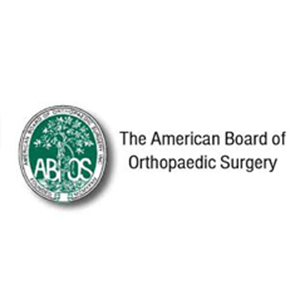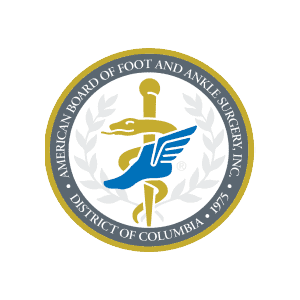What is Foot Arthritis?
Foot arthritis is a condition marked by joint damage and stiffness affecting more than 30 joints in the foot and ankle. These joints play a crucial role in providing balance and stability for various physical activities, such as standing and walking.
Anatomy of the Foot
The foot and ankle are intricate structures composed of 26 bones, 33 joints, and various soft tissues, including cartilage, ligaments, muscles, tendons, and bursae. These components work together to provide movement, stability, and balance to the body.
Causes of Foot Arthritis
There are three main types of foot arthritis:
Osteoarthritis: Common in individuals aged 50 and above, characterized by gradual cartilage wear.
Rheumatoid Arthritis: An autoimmune disorder targeting the synovium, impacting both feet simultaneously.
Post-Traumatic Arthritis: Arises after injuries, leading to cartilage damage and joint deterioration.
Understanding the specific type is crucial for accurate diagnosis and tailored treatment.
Diagnosis of Foot Arthritis
During evaluation, doctors consider symptoms, affected areas, pain patterns, and impact on daily life. Your medical history, prior injuries, and overall health contribute to a conclusive diagnosis. Physical examinations and X-rays help assess arthritis signs and changes in joint spacing.
Physical Examination
Your doctor examines your foot and ankle for signs of arthritis, such as swelling, tenderness, unusual sounds during movement, or changes in foot shape like bunions. Assessments include observing your standing and walking to identify misalignments or limitations in joint motion.
X-ray
To confirm and assess the extent of arthritis, X-rays of your foot and ankle may be recommended. These images help doctors identify changes in joint spacing, indicating cartilage erosion. They can also reveal bone spurs that might affect joint function.
This thorough process helps doctors make an accurate diagnosis and tailor an appropriate treatment plan for your specific condition.
Treatment of Foot Arthritis
While there’s no cure for arthritis, various treatments can manage pain and enhance function.
Non-Surgical Options
Lifestyle Changes: Adapt daily activities, opt for lower-impact exercises, and manage weight to reduce joint stress.
Physical Therapy: Tailored exercises improve flexibility and strengthen muscles, supporting joint function.
Assistive Devices: Custom braces, ankle-foot orthoses (AFO), or specialized shoes alleviate mobility challenges and reduce pressure on the foot.
Medications: NSAIDs and cortisone injections help reduce swelling and pain.
Surgical Options
When non-surgical methods are insufficient, surgery may be considered based on arthritis type, location, and impact on joints. Surgical intervention aims to address persistent pain affecting daily life despite other treatments.
Understanding the nuances of foot arthritis and exploring tailored treatments with your healthcare professional can significantly improve your overall foot health and quality of life.



















